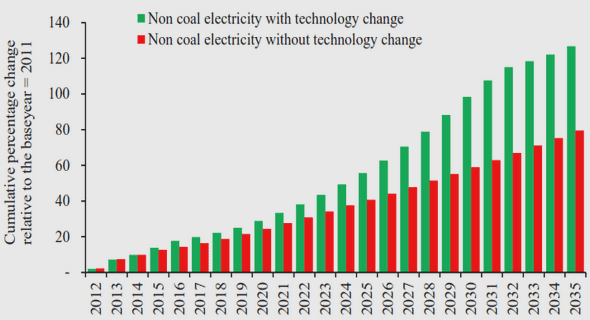(Downloads - 0)
For more info about our services contact : help@bestpfe.com
Table of contents
1 Introduction
1.1 Since ancient times
1.2 The first attempts
1.3 The first discovery around a main sequence star
1.4 Planets around M dwarfs
1.5 Planetary system formation
1.6 Host star properties
1.6.1 Planet-metallicity correlation
1.6.2 Planet-stellar mass correlation
1.6.3 Evidence from chemical abundances
1.7 The Thesis
2 Fundamental parameters of M dwarfs
2.1 Classic spectroscopic analysis
2.1.1 Local thermodynamic equilibrium
2.1.2 The behaviour of line strength
2.1.3 The temperature dependence
2.1.4 The abundance dependence
2.1.5 The pressure dependence
2.1.6 Microturbulence and velocity fields
2.1.7 Method
2.2 The continuum problem in M dwarfs
2.3 Spectral synthesis
2.4 State of the art
2.4.1 Metallicity
2.4.2 Effective temperature
2.4.3 Mass & radius
2.4.4 Surface gravity & velocity fields
3 A Comparative study of photometric metallicity scales
3.1 Introduction
3.2 Evaluating the photometric calibrations
3.3 The three photometric [Fe/H] calibrations
3.3.1 Bonfils et al. (2005) calibration
3.3.2 Johnson & Apps (2009) calibration
3.3.3 Schlaufman & Laughlin (2010) calibration
3.3.4 Refining the Schlaufman & Laughlin (2010) calibration
3.4 Discussion
3.5 Paper: A comparative study of photometric metallicity scales
4 Planet-metalllicity and planet-stellar mass correlations of the HARPS GTO M dwarf sample
4.1 Introduction
4.2 A new M dwarf metallicity and effective temperature calibration
4.2.1 Calibration sample
4.2.2 Method
4.3 The metallicity-planet correlation
4.3.1 Bayesian approach
4.3.2 Comparison with the California Planet Survey late-K and M-type dwarf sample
4.4 Metallicity-planet relation from the HARPS+CPS joined sample
4.4.1 Bayesian approach for the joined sample
4.5 The stellar mass-planet correlation bias
4.6 Discussion
4.7 Paper: Planet-metalllicity and planet-stellar mass correlations of the HARPS GTO M dwarf sample
5 SPITZER observations of GJ 3470b: a very low-density Neptune-size planet orbiting a metal-rich M dwarf
5.1 Introduction
5.2 Data analysis
5.2.1 Spitzer photometry
5.2.2 Spectroscopic measurements
5.3 Stellar characterisation
5.4 Planetary and orbital parameters
5.5 Exploring the interior composition of GJ3470 b
5.5.1 Summary
5.6 Paper: SPITZER observations of Gj 3470b: a very low-density Neptune-size planet orbiting a metal-rich M dwarf
6 Conclusions and future prospects
References
A Planet detection techniques
A.1 The radial velocity technique
A.2 Transits
A.3 Other methods
B Exoplanet properties
B.1 Mass distribution
B.2 Period distribution
B.3 Mass-period relation
B.4 Eccentricity-period relation
C The Spectrograph
C.1 The basic principles of a spectrograph
C.2 The echelle spectrograph
C.3 The HARPS Spectrograph
D Publications and communications related to this Thesis



